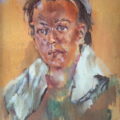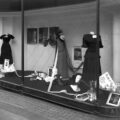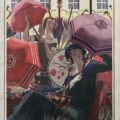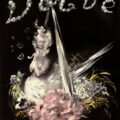Vogue Italia – one of the most stylish fashion magazines in the world
July 23, 2022Vogue Italia is part of Condé Nast International’s stable of worldwide Vogues. Nast bought an existing magazine, Novità, (Novelties), and changed its name to Vogue & Novità. In May 1966 it became Vogue Italia.
The magazine is famous worldwide, particularly when Franca Sozzani was editing it from 1988-2016. Her Vogue was decidedly different from the American or English version. It featured far more edgy concepts and photoshoots. Including those based on war, oil spills, and drugs, as well as an all-black-model issue.
Vogue Italia’s Editors
Vogue Italia has had only four editor-in-chiefs. Consuelo Crespi, an American born Italian Countess, started out editing it in 1965. She also edited American Vogue. But she quickly handed over the reigns to the aptly-named Franco Sartori. He edited it from 1965-1988. After that, Franca Sozzani edited it from 1988 – 2016, the year of her premature death. Emanuele Farneti edited the magazine from 2017 – September 2021.
From September 2021 onwards, it was announced that there would no longer be an editor-in-chief for the magazine. Instead, there will be a a head of editorial content. At the moment, this is former fashion market director Francesca Ragazzi. She reports to Anna Wintour, the head god of Vogue, and Edward Enninful, who is the Vogue European editorial director as well as being editor for British Vogue.
The first editor – Consuelo Crespi
Consuelo Crespi was a hugely influential figure in Italian fashion during the 1960s. She helped to launch the careers of designers like Valentino, Missoni and Fendi. Crespi was a former model, and considered a great aristocratic beauty. Moving between her homes in Milan and New York, she brought the latest Italian fashions with her. When she wore much longer skirts than the current American fashions, New York fashionistas scrambled to copy her. Which was handy, as she also worked as a PR for several Italian fashion firms.
Vogue Italia editor Franco Sartori
After the launch phase that Consuelo Crespi had presided over, Franco Sartori came in and changed up everything about the magazine. He used better quality paper, better print quality, more dynamic layout, and interesting graphic design.
He also employed Vogue favourite photographers like Norman Parkinson, Helmut Newton and Richard Avedon. Italian photographers like Gian Paolo Barbieri and Gianni Penati also featured. This new magazine was, of course, very expensive to put together, and initial losses were heavy. However, it did have a great reputation for style. Financially, it didn’t really pick up until the end of the 70s.
Franco Sartori remained in place as editor of Vogue Italia until he died in 1988.
Vogue Italia editor Franca Sozzani
Franca Sozzani liked to rock the boat. Some critics thought she was just being controversial for the sake of it. But her ideas were rooted in a thoughtful exploration of the norm. In an essay on the colour black, written in February 2011, she mused:
“They walk together as a group, they get out from black cars with dark windows, they go inside dark places. The religious followers of fashion. High heels, sexy outfits, and dark shades are what keeps them apart from real religious women.
Black, the color of grief, is today, as it was the case in the 20s and 60s, synonym of elegance. At night and during the day. An aggressive, rebellious, political color (the dark flag that put Europe in ruins and condemned millions of Jews), a chic symbol, trendy. Fashionable.

Former Vogue Italia editor Franca Sozzani.
I’ve talked about this color, non-color, a few times already by saying to you how it helps avoid thinking too much over matching our clothes. I am thinking of something else. How did we get to accept total black as the symbol of fashion, a color that since the Egyptians was considered negative? Isis, the goddess of the night is portrayed with a black cat that lived in the shadows. Diabolic and ill willed.
The black witches that symbolized sorcery were dressed in black back since Medea and Circe. Even Led Zeppelin’s song “Black Dog” is about a monstrous dog that is black. In 1500 and 1600 Antwerp was the center for black dye. It was something prestigious to dye important fabrics in black, Aristocrats liked to have their portrait made dressed in black. It was a sign of wealth and high position in society.” (all emphasis author’s own).
Too much?
American and British Vogue were rather bland at the time. This free-flowing connection between Nazis, an Egyptian Goddess, witches, aristocrats in Antwerp and a 1970s prog rock band sounds like a fun party conversation that they would have been befuddled by. However, it’s clearly not a disrespectful discourse.
Vogue Italia editor Emanuele Farneti
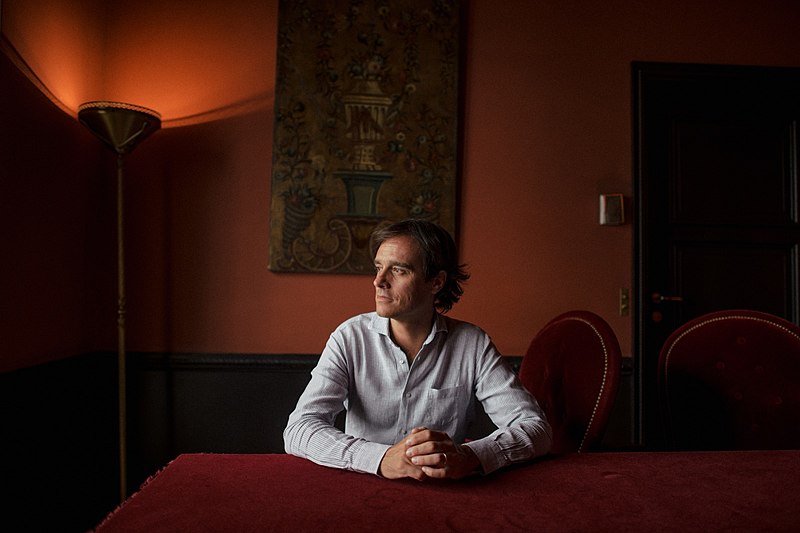
Emanuele Farneti was the director of GQ Italia amongst other publications, and took over Vogue Italia in January 2017. At the same time he was appointed director of L’Uomo Vogue and the Vogue Italia website.
His Italian Vogue celebrated body positivity, and diversity. It featured models of differing sizes and skin colours. In January 2020, the issue featured no fashion photography at all. Instead, the work of artists like Vanessa Beecroft, David Salle, Yoshitaka Amano, and Delphine Desane were featured. It was proposed as a symbolic way to reduce the carbon footprint of the magazine. The money that was saved by not commissioning new photography was donated to the Querini Stampalia Foundation. This is a venerable cultural foundation and library in Venice, which was damaged by high waters and required renovation.
In April 2020, the magazine had a completely blank cover, to mourn the deaths from Covid 19. Inside, it addressed lockdown fashion.
Emanuele Farneti left Vogue Italia in July 2021.
At the moment, the magazine doesn’t have an editor in chief, and Vogue management has announced it will stay that way.








